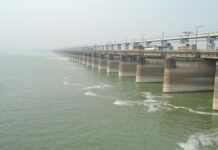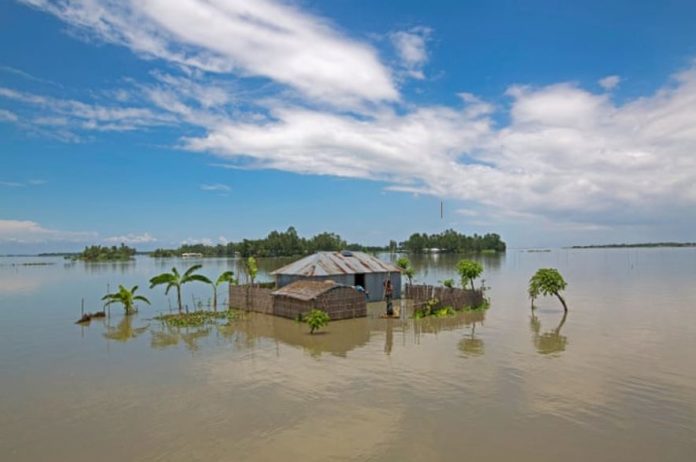Arindam Bala:
Natural hazards, as well as disasters linked to climate change, are compelling climate victims in migrating from their native land towards urban either their own country or cross country’s border for last couple of decades over the world. Rural-to-Urban migration is predicted to upsurge further because of climate change. Internal migration to urban areas is showing a sharp increase (Planning Commission 2012b). According to statistics published the Internal Displacement Monitoring Centre (IDMC), every year since 2008, an average 26.4 million persons around the world have been forcibly displaced by severe weather events such as flooding, earthquakes, hurricanes and droughts.
The number of climate refugees existing more in Asia as well as in Africa than other continents. According to Nicholls and Lowe (2004), using a mid-range climate sensitivity projection, the number of people flooded per year is expected to increase by between 10 and 25 million per year by 2050s and between 40 and 140 million per year by 2100s.
In Bangladesh, devastating cyclones 1970, 1991, Sidr-2007 and Alia-2009 have pushed many people to leave home. And floods between 1984 and 2007, affected 19.3 million people throughout Bangladesh. The Internal Displacement Monitoring Centre (IDMC) estimates that more than 4.7 million people were displaced due to disasters in Bangladesh between 2008 and 2014. And over the last decade, nearly 700,000 Bangladeshis were displaced on average each year by natural disasters. The Government of Bangladesh has acknowledged that by 2050, one in every 7 people in Bangladesh will be displaced by climate change.
And according to a March 2018 World Bank report, overall, the number of Bangladeshi displaced by the varied impacts of climate change could reach 13.3 million by 2050, making it the country’s number one driver of international migration. And internal migration has emerged as a concern, already; up to 400,000 low-income migrants arrive in Dhaka every year. 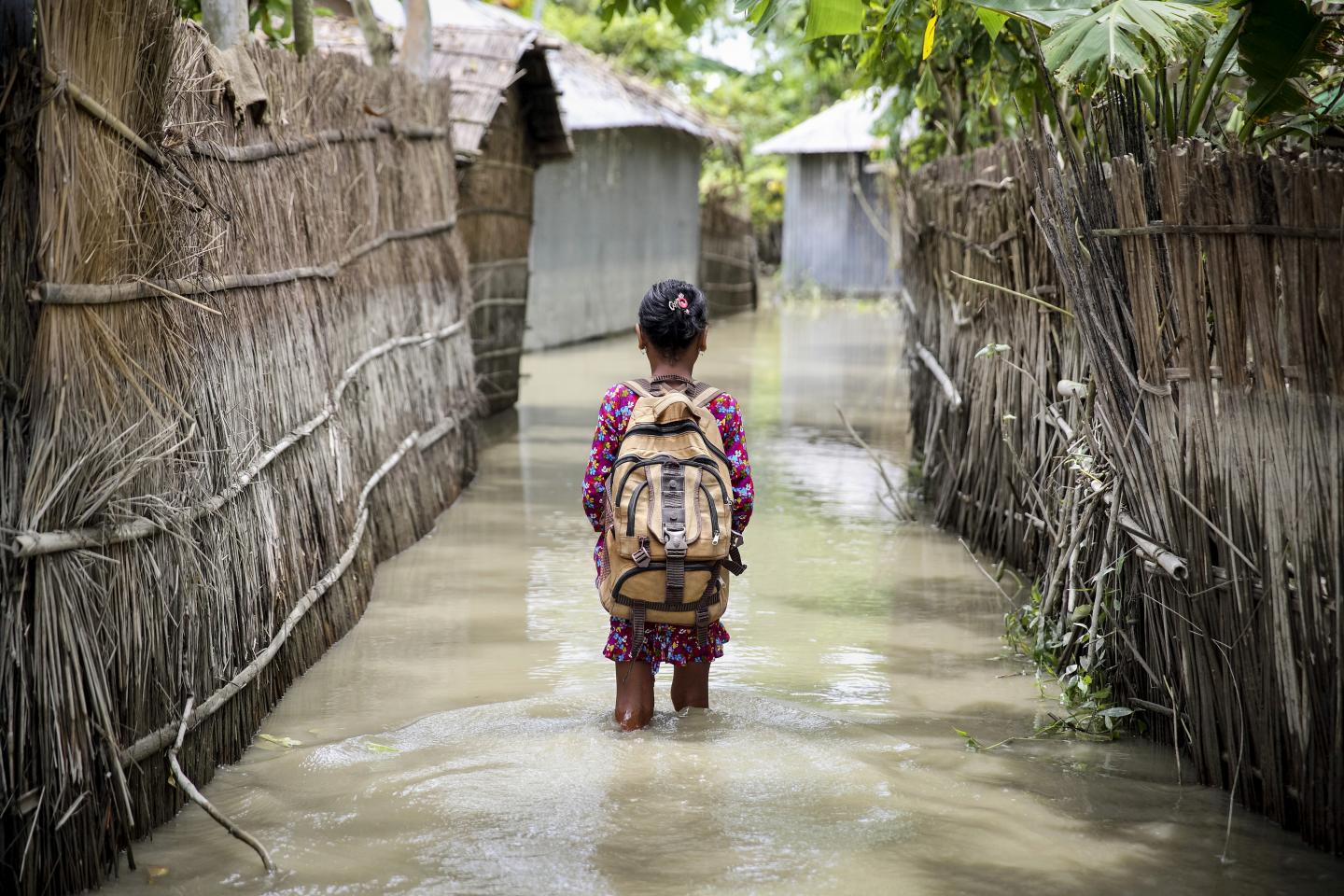
It is apparently clear that some countries in the Asia continent are gradually becoming hot-spot of climate forced migrants, and in Bangladesh, many people have already treated as climatic victims and eventually becoming climate refugees. It is predicted that up to 20% of Bangladesh will disappear beneath the water within the next 30 years as rivers and sea levels rise. Projections suggest that more than 35 million people in coastal areas will be at risk of displacement by 2050.
Especially, river erosion is a hushed natural calamity that occurs every year at the onset of the monsoon, causing limitless suffering to large number of people. According to a study more than 200,000 people are displaced by river erosion every year in Bangladesh. And Slum Census in 2014, it is shown that 7.04 % of dwellers living in slums over the country were displaced by river erosion.
Slums in Dhaka and other cities have been sharply burgeoning since 1971. In Slum Census 2014, the number of slums found was 13,935 whereas in 1997, it was 2991. It has been seen that the number of slums is increasing many times and scenario would worsen in future as the intensity of climatic hazards and disaster is alarmingly increasing where that is creating a more populated city. According to the International Organization for Migration (IOM) about 70 percent of slum dwellers in Dhaka experienced some kinds of environmental shocks. 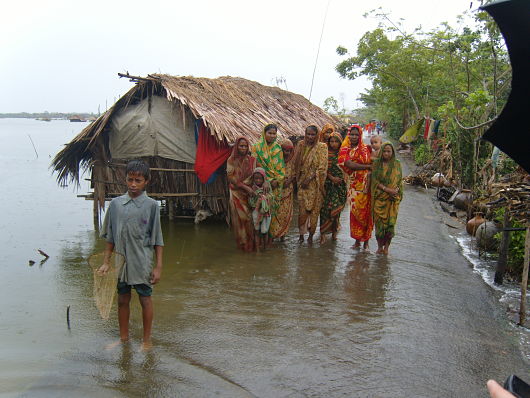
According to the 14th annual edition of Demographia World Urban Areas about 47,000 people are living on each square kilometer are of Dhaka, hosting 17.4 million on its land. And it is also reported that 2000 people move to Dhaka every day from the countryside. High population density and high contact rates help to spread disease, in Bangladesh, dengue fever has appeared as a massive perilous phenomenon. Sprawling unplanned urbanization and population density is leading the cities in increasing pressure on urban infrastructure and service.
In the meantime, many initiatives have been adopted in preventing climate-induced migration towards urban. For example-
The world’s largest climate refugee housing scheme in Cox’s Bazar has already opened and handed over to climate-affected people. In the housing scheme, 600 climate refugee families could be rehabilitated. This is the greatest initiative by the government of Bangladesh for environmentally affected vulnerable people. In order to contain the creating pressure on urban, this arrangement is undoubtedly a praiseworthy example for the climate-affected vulnerable regions and climate-induced migrants. Other climate victim countries could follow such a step.
And the Bangladesh Water Development Board (BWDB) has constructed a total length of embankment in Bangladesh is 16,261 km all over the country where the length of coastal embankment is 5757 km that has prevented pushing a large number of climate affected people towards cities from their native land. Though because of passing six decades and increasing climatic disaster, the condition of the most coastal embankment has already reached a critical stage and some of them have broken down as well as disappeared because of overflowing of the tidal surge and flash flood.
There are more solutions that could be considered to address this current pressing issue, such as:-
More climate refugee housing schemes have to be built up for climate-affected people at other environment vulnerable areas. By ensuring such modern facilities for vulnerable people, the unbearable pressure of climate-induced migration to urban could have dwindled. 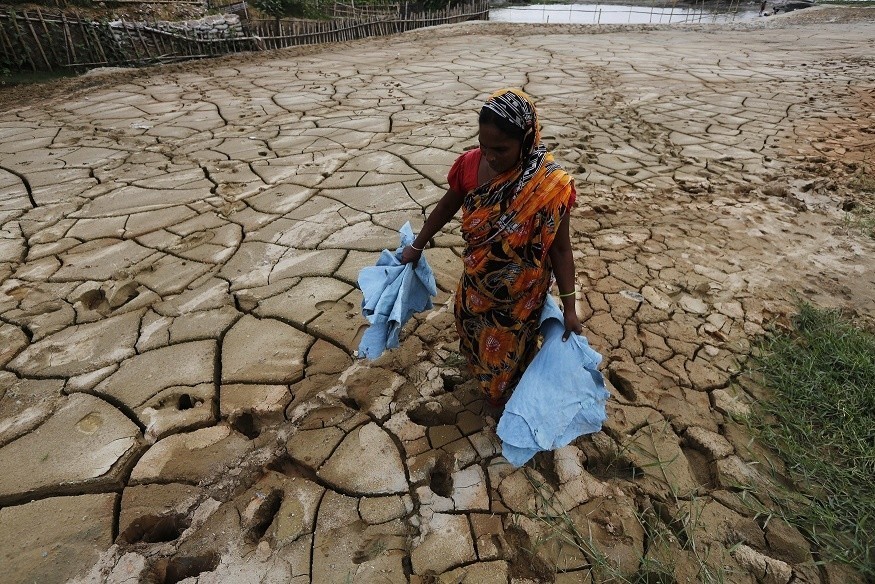
Moreover, climate-resilient livelihoods opportunities for disaster-prone areas could be promoted through rehabilitation, alternative mod of livelihoods support and women empowerment those are the most victims. When dependency of landless growing human population will depend on off-farm through alternative livelihoods (emphasis on skills, knowledge, the ability to work, home mad small business, small scale agriculture production, handicrafts, livestock rearing, grocery, capacity development, market linkage and so on) then their food security and financial solvency is to be ensured resulting there could be very little change to be displaced from their home. Due to the sharp depletion of natural resources caused by overexploitation and environmental degradation over the country, people should be driven to human resource-based livelihoods instead of natural resource-based livelihoods for long sustainability.
In fact, strengthening the adaptation capacity of the most vulnerable community is essential to promote household capacity and individuals’ skills by supporting technical aspects resulting the migration from vulnerable zone to town could be lessened.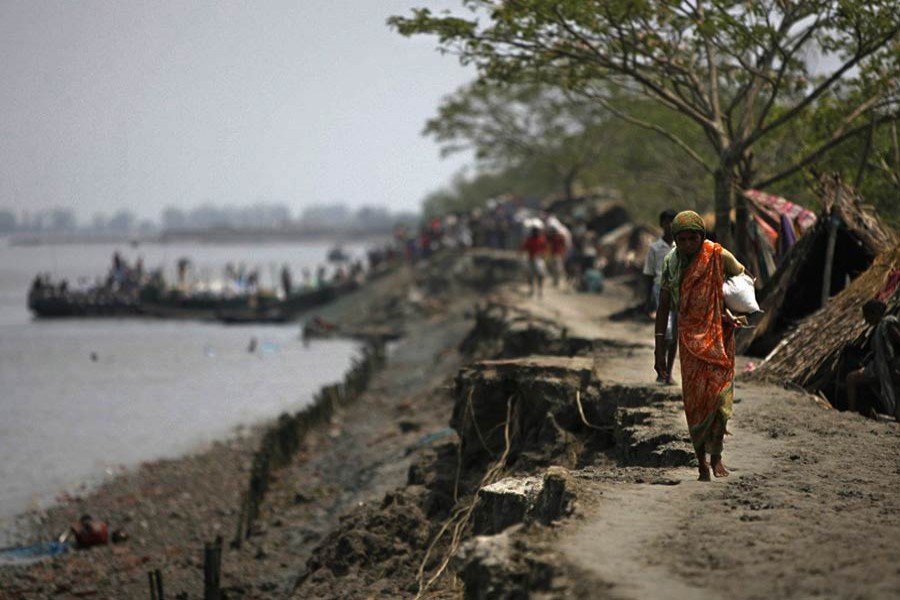
What is next, there is needed timely construction of durable embankment in both south and north side of Bangladesh as every year storm surge by the cyclone as well as flood from upstream creates colossal damage resulting people lose their habitats, employment, and crops. In addition, protecting river erosion is another burning issue, as every year a good number of river erosion affected people displace from both side of the river bank.
And no doubt that environmental degradation is generating migration flows, so protecting environmental degradation by afforestation and stop the over-exploitation of natural resources in order to maintain ecological balance is inevitable these days. Here, climate change mitigation would require enormous and fast reductions in greenhouse gas emissions.
Besides, building climate-resilient and migrant-friendly sub-urban with demanded employment and modern facilities like improved transportation, utility service and others for low-income migrants from climate-prone vulnerable areas could be another better initiative. This strategy could reduce the burden of the population on cities like Khulna, Chittagong, Rajshahi, Barisal, Sylhet, and eventually Dhaka. 
And finally, a significant number of people who are deemed as climate refugees at the moment are not accorded the needed support under 1951 (United Nation) UN Convention and 1967 Protocol on the Status of Refugees. As it is a legal paper to protect refugee around the world and it was signed a couple of decades ago when the climate refugee concept was inattentive and there are substantial gaps regarding national and international laws, so now the climate refugee has emerged as a burning issue over the world as it is proven that nowhere on the ‘Earth’ natural hazards and disasters are visible. And every year thousands of people are compelled to leave their birthplace. So, for better tomorrow, there is an urgent need for a coordinated approach under the UNFCCC and most vulnerable countries to call upon the world leaders and concerned authorities could amend a legal framework that must protect specific vulnerable community forcing to leave their home due to climate-induced natural hazards and disasters.
The writer is an environmental activist and development worker. He can be reached at [email protected]












